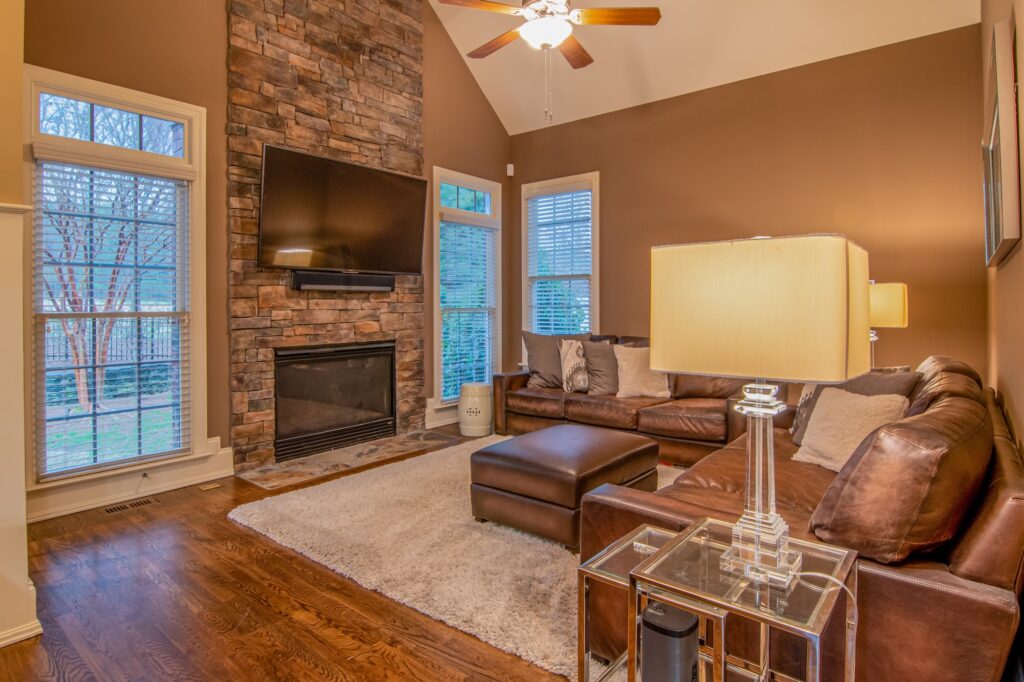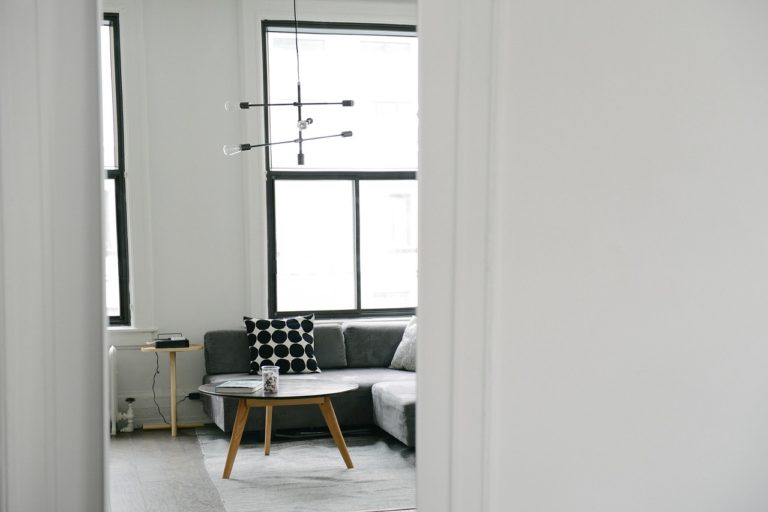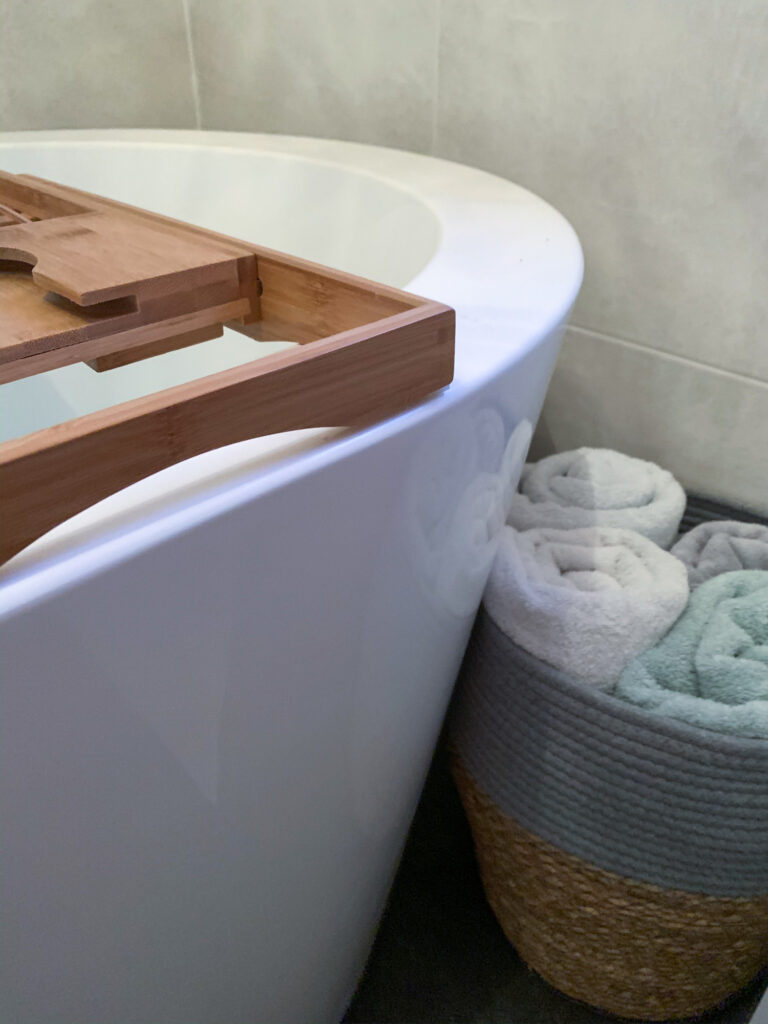So you’re thinking about purchasing engineered wood flooring but you’re not too sure if you should have it professionally laid or if you should lay it yourself. We’re going to give you a walkthrough of how to lay this type of wooden floor.
First of all you should take into account the type of installation the flooring requires, some will have ‘click systems’ whilst others will have tongue and grooves, if this is the case, these will require nailing or glueing. Irrespective of which connecting methods your flooring uses the installation requirements are identical. Use this guide to help you avoid making any mistakes and avoid wastage,

Items you need
- Hand Saw
- Pencil
- Underlay
- Measuring tape
Nice extras we recommend
- Knee Pads
- Moisture Metre
- spacers
- Pull Bar
- Electric Chop Saw (to replace the hand saw)
- Jig-saw
- 2m Long Spirit Level
Check the floor you’re laying it on
It’s really important that you check the floor you’re going to lay your new wooden flooring on prior to starting this will help to alleviate any lifting, creaking or large flaps appearing. Of course, trained professionals will assess this for you, but if you are choosing to lay the flooring yourself then you want to check the following;
- The air humidity of your home must be between 45-65%
- If your sub-floor is timber it must have a moisture content of 12% or less
- Concrete sub-floors also must be 12% or less on a prong test or less than 3% using a concrete metre
- The floor obviously must be level
Check Your Engineered Floor
When your floor arrives it’s really important that you check the box before acclimatisation. Open one pack and check that it’s the flooring you expect as often batches can look different to the colours online and even samples. Once you’re satisfied that the floor is correct place it back in the box and seal it to acclimatise
Acclimatising an Engineered Wood Floor Before Installation
When your room conditions have passed the test and you’ve got the correct flooring then you must acclimatise your flooring as this will effect the performance after installation. The reason acclimatisation must take place is that it enables moisture levels in the flooring to become balanced with the moisture levels in the room.
Each individual board may expand or shrink during this process, which is perfectly normal. It’s important that you create this balance before installation so that these movements don’t happen once the floor has been installed.
You should leave the boxes closed and flat in the room for about 5-7 days. Leave a minimum of 4cm around the boxes so that the air can circulate properly.

How to Lay Engineered Wood Flooring
Remove all existing flooring and then remember to leave an expansion gap around the edge of the wood flooring (around 10-12mm), inclusive of any obstacles that will prevent your floor from expanding such as walls, door frames, fireplaces etc.
If your engineered wood flooring has a click system it must be installed onto an underlay. Tongue and groove engineered flooring can be installed by nailing it to a timber sub-floor using a flooring nailer, or you can stick it to a concrete floor using wood to concrete glue. Or installed on an underlay and the edges glued using a quality wood PVA wood glue. Do put the glue into the groove and not the tongue. This will give a better spread and a stronger hold.
If you are installing on an underlay, this is often referred to as a floating floor, because your floor is not bonded to the building.
Are you thinking about laying your flooring? If so let us know in the comments section below if we’ve helped you out! As always if you’ve found this article of any value we’d love for you to share it with your friends and family, across social media and beyond.



